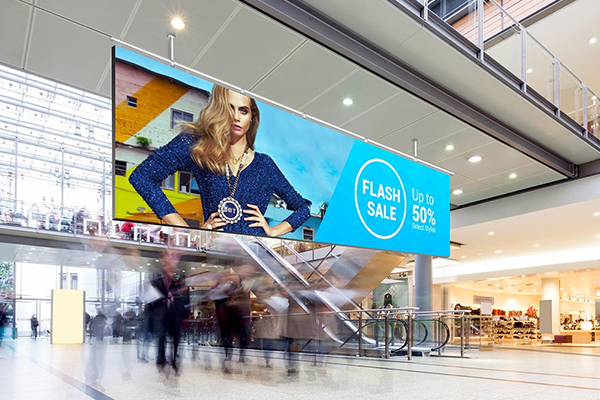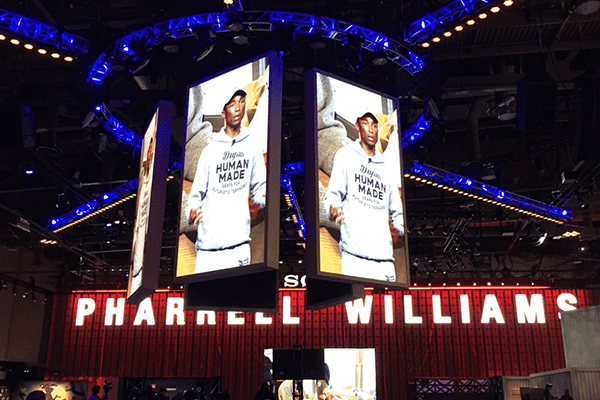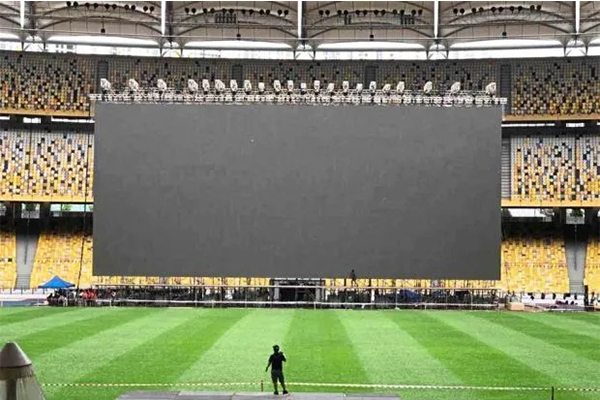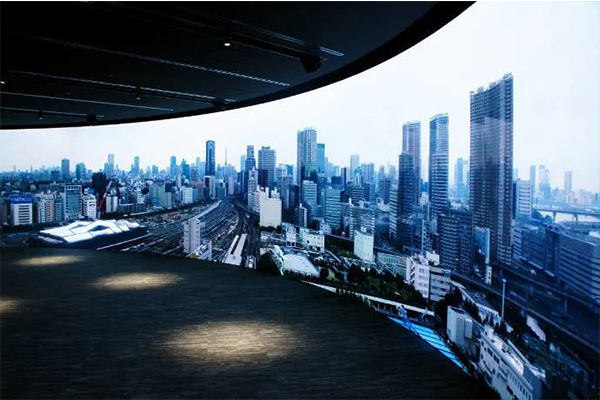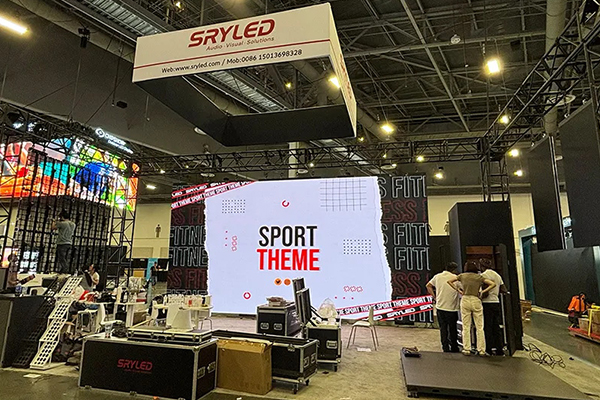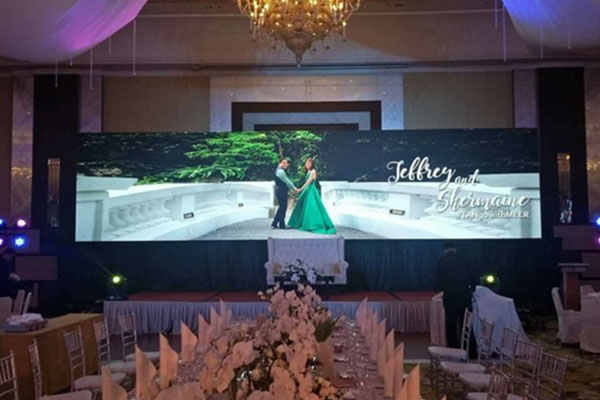Everything You Need to Know About LED Walls
What is an LED Video Wall?
An LED video wall is a large-scale display composed of multiple light-emitting diodes (LEDs) that project visual content, such as videos, images, text, and graphics. These walls offer a seamless, vivid display with no visible gaps between the panels, creating the illusion of a continuous, luminous screen. Originally used for outdoor signage and events, the technology has evolved from monochrome displays to vibrant RGB LED screens, expanding their application scope significantly.
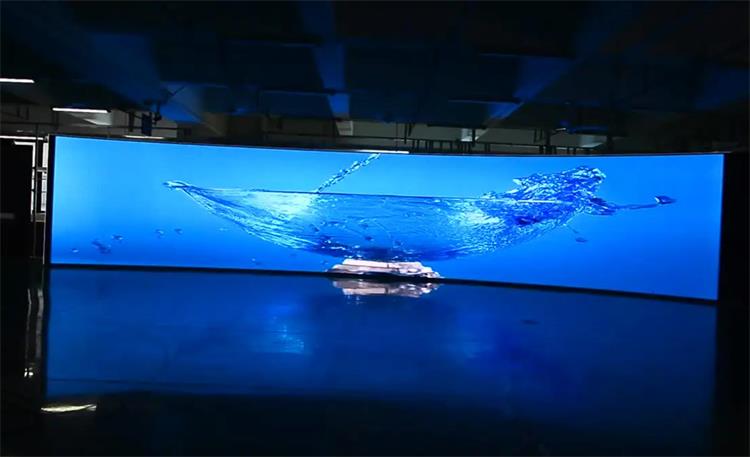
How Do LED Video Walls Work?
LED video walls consist of numerous panels, each equipped with RGB LEDs. These LEDs emit light directly and are housed in black plastic to enhance contrast. Typically, a standard panel measures 500x500mm, and four such panels form one square meter. The image resolution of an LED wall is determined by the pixel pitch, which is the distance between individual LEDs. A smaller pixel pitch offers higher resolution and is suitable for closer viewing distances, whereas a larger pitch is used for displays meant to be viewed from afar. The control systems for LED walls can be hardware-based for high reliability or software-based for greater flexibility and resolution.
Applications of LED Video Walls

LED video walls have diverse applications due to their versatility and visual appeal:
Amusement Parks: Used for dynamic displays, event announcements, and interactive experiences.
Churches: Enhance worship services by displaying hymns, scriptures, and announcements.
Businesses: Predominantly used for indoor and outdoor advertising, grabbing attention with high-brightness displays.
Entertainment Events: Popular in concerts and shows, providing vibrant visuals and live feeds of performers.
Types of LED Video Walls
LED video walls come in various types, tailored to specific needs:
Direct View LED Video Walls: Traditional for outdoor displays, now also used indoors due to improved resolution. They offer a seamless viewing experience with no bezels.
Indoor LED Video Walls: Made from surface-mounted LEDs, suitable for high-resolution displays in education, entertainment, and indoor advertising.
Blended Projection Video Walls: Utilize multiple projectors to create large, high-resolution images of any shape.
Differences Between LED Walls and Traditional Signage
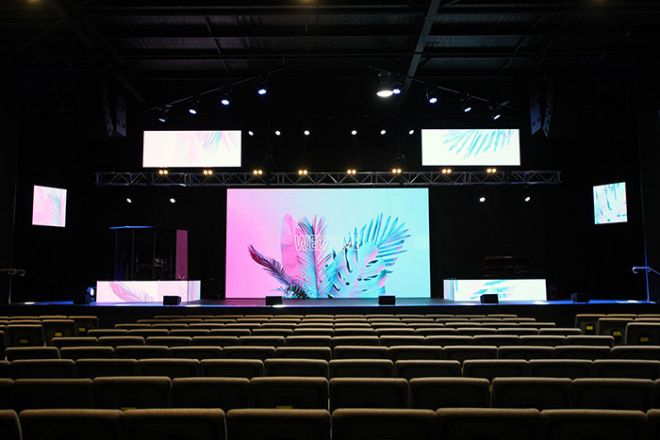
LED video walls stand out from traditional billboards and signage in several ways:
Interactivity: Unlike static billboards, LED walls can engage audiences with dynamic and interactive content.
Content Flexibility: LED walls allow for real-time content updates, making them adaptable to different messages and times of day.
Effectiveness: With captivating visuals and the ability to frequently change messages, LED walls are more effective in maintaining audience interest compared to static billboards.
Software Control: LED walls can be easily adjusted via software to accommodate various conditions and requirements, unlike fixed-message billboards.
Cost of LED Video Walls
The cost of an LED video wall varies based on several factors:
Video Processing Requirements: More advanced processing capabilities can increase costs.
Mounting Options: Choices between free-standing, wall-mounted, or ceiling-mounted setups affect the price.
Application Type: Indoor walls generally require finer pixel pitches compared to outdoor walls.
Display Size: Larger displays require more materials and are more expensive.
Installation Complexity: Professional installation and configuration add to the overall cost.
Design Preferences: Unique designs, such as curved or transparent displays, can be more costly.
Typically, businesses budget between $50,000 to $350,000 for an LED wall project.
Considerations for Choosing an LED Video Wall
When selecting an LED video wall, consider the following:
Size: Determine the appropriate size based on your space and audience requirements.
Pixel Pitch: Choose a smaller pixel pitch for high-resolution needs and closer viewing distances.
Intended Use: Decide between indoor and outdoor options based on the environment and weatherproofing needs.
Renting vs. Buying: Evaluate the frequency of use to decide whether renting or purchasing is more cost-effective.
Aspect Ratio: Ensure the aspect ratio suits your content and display needs.
Conclusion
As digital advertising evolves, LED video walls have become a powerful tool for engaging audiences and delivering dynamic content. Their versatility, high-quality visuals, and ability to adapt to various settings make them superior to traditional signage. By considering factors like size, pixel pitch, and application, you can choose the right LED video wall to enhance your business or event.


 Send Email
Send Email whatsapp
whatsapp

